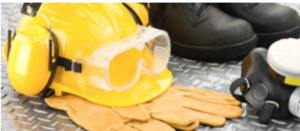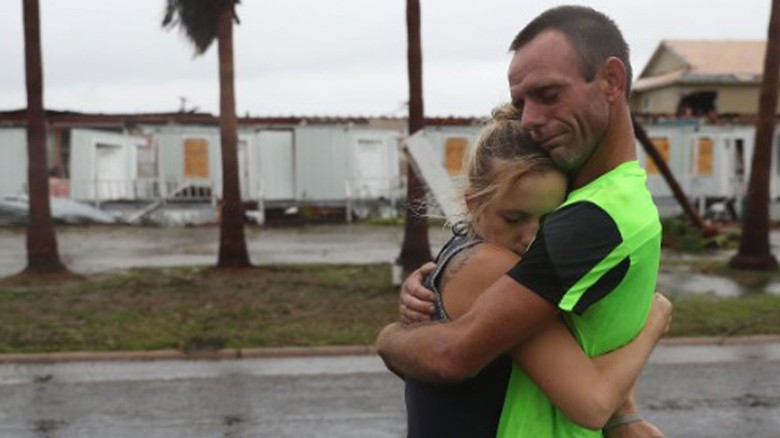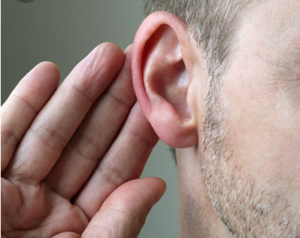A Canadian Tragedy
What is a common bus route for many young Saskatchewan athletes turned out to be a tragic accident which affected a nation. As a result, the loss simply terrible, 15 people were killed in the crash.
The 15-people killed in the crash included many young players, their coach, a play-by-play radio announcer, an 18-year-old stats-keeper and a bus driver.
A Message from Custom Protect Ear
The Custom Protect Ear Team would like to offer our deepest condolences to the victims, their families, and the Saskatchewan Community. We extend our deepest sympathies and this message for you during this very sad time:
“In times like this, we remember who we are and how we show up for our families, our friends, and our community. To the Saskatchewan and Humboldt Broncos hockey community: We will stand with you as your neighbor, your friend and as Canadians. We offer you support and courage during this time of mourning.”
Deepest Sympathy,
Howard Raphael
President
Custom Protect Ear

 About International Women’s Day (8 March)
About International Women’s Day (8 March)


 organizational environment, or economic hardships. Stress in the workplace is an ongoing trend that seems to impact employees and employers in all workplace settings.
organizational environment, or economic hardships. Stress in the workplace is an ongoing trend that seems to impact employees and employers in all workplace settings. frequently, utilizing innovations for capturing that feedback, and acting to drive engagement based on those results. In 2016 & 2017 more organizations implemented some sort of Employee Engagement program to capture the employee voice and concern through a series of quantitative surveys and continuous listening/pulse surveys and examining passive data for employee opinions and behaviors. As the workforce shifts from one generation to the next, we will see an increase in Employee Engagement and Feedback.
frequently, utilizing innovations for capturing that feedback, and acting to drive engagement based on those results. In 2016 & 2017 more organizations implemented some sort of Employee Engagement program to capture the employee voice and concern through a series of quantitative surveys and continuous listening/pulse surveys and examining passive data for employee opinions and behaviors. As the workforce shifts from one generation to the next, we will see an increase in Employee Engagement and Feedback. lasting implications for organizational culture and management. Millennials and later generations have reshaped the workplace in a multitude of ways and will continue to push boundaries and redefine expectations as they take on a more prominent role within organizations. Organizations may need to continue to redesign jobs and workspace to accommodate Millennials.
lasting implications for organizational culture and management. Millennials and later generations have reshaped the workplace in a multitude of ways and will continue to push boundaries and redefine expectations as they take on a more prominent role within organizations. Organizations may need to continue to redesign jobs and workspace to accommodate Millennials. Safety Engineer.
Safety Engineer. Brie testing out her new dB Blockers
Brie testing out her new dB Blockers








